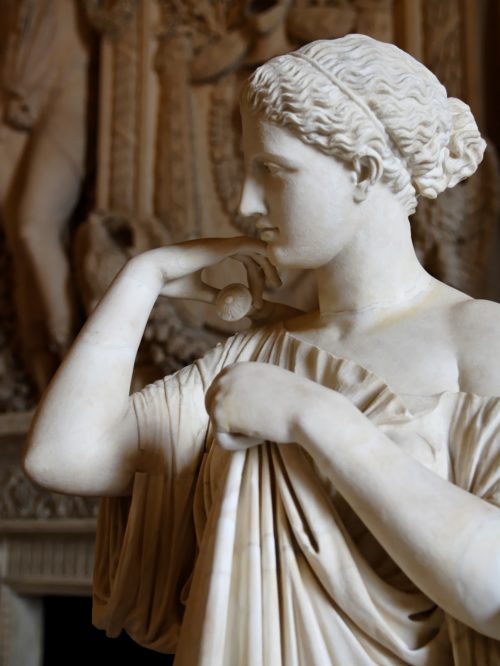Is there a universal way to define the word “art”?
If by “universal” you mean a way to define art that captures everything that is a work of art and excludes everything that is not a work of art, as opposed to a definition of art that is universally accepted, the answer is yes.
At least, there are ways of trying to define art universally, although none has been conspicuously successful or satisfying to all. However, that doesn’t mean we can’t learn something by making the attempt and by reflecting on attempts made. There was quite a lot of that in the last half of the twentieth century, though in the last couple of decades the focus has shifted to artistic value – why art matters – and issues involving aesthetic properties. Beauty, especially, has gotten a good deal of (in my view) needed attention.
There are other ways to form a conception of something than by defining it, especially if you think of a definition as a statement of individually necessary and jointly sufficient conditions. In the last century, however, George Dickie seemed to have found one. He said, roughly speaking, that something counted as an artwork just in case it was offered as a candidate for appreciation by someone institutionally authorized to do so. The institution in question was usually thought of as the “art world,” a rather loose but not utterly incoherent arrangement of practices, beliefs, values, authorities and other things we associate with an ongoing and purposive social activity. Continue reading



